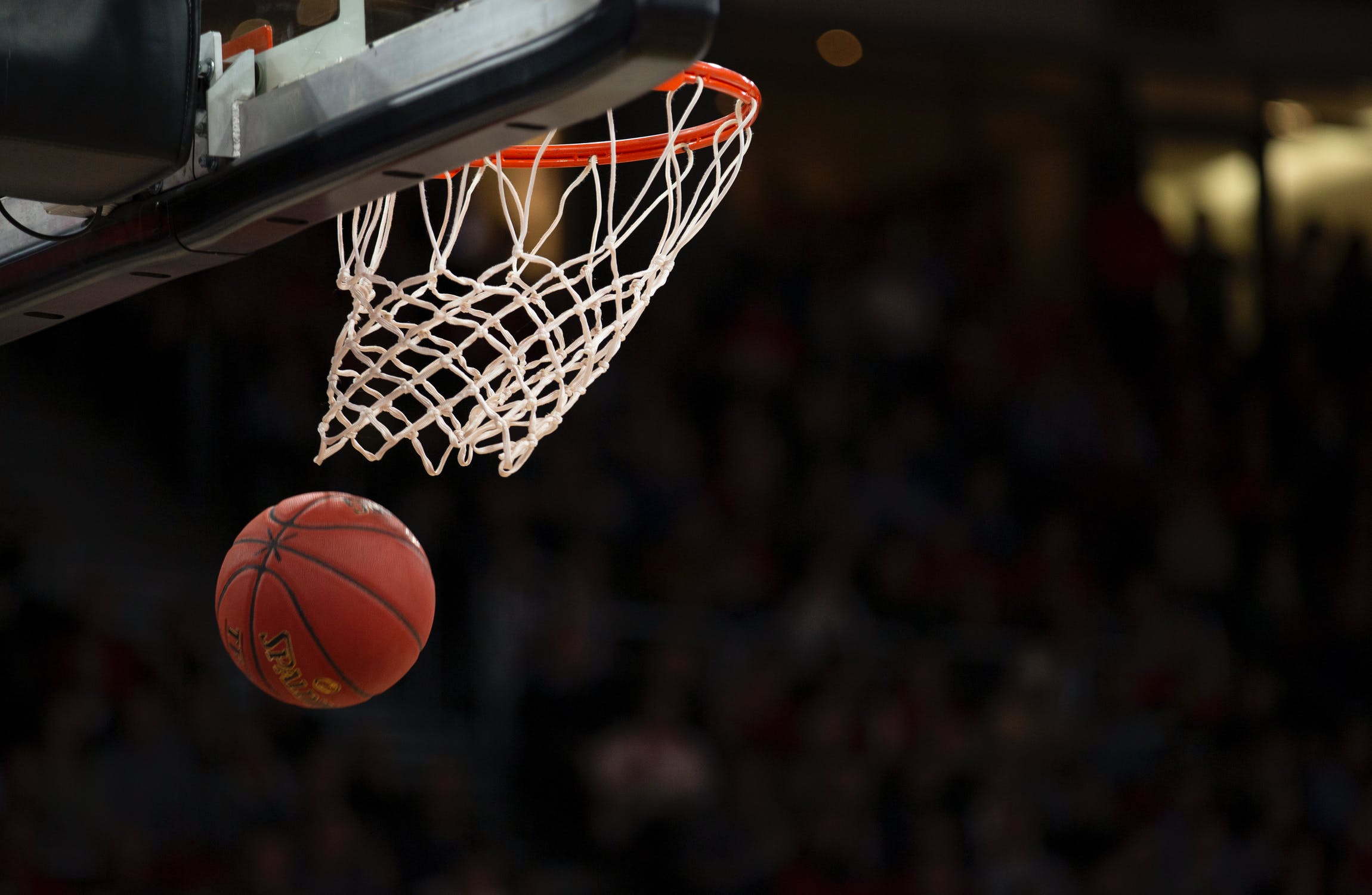Commentary: It’s time for drastic steps to be taken to remedy the referee shortage crisis

By FRED KRONER
fred@mahometnews.com
I’m generally not a fan of cliches and popular expressions, but there’s one that I believe has merit.
“If you’re not part of the solution, you’re part of the problem.”
It’s with that mindset that I offer a solution to the referee shortage crisis that has reached critical levels throughout the high school level in Illinois.
This plan would not only effectively encourage new referees to start but also promote the retention of current officials.
As with most ideas, it will take time. There is no quick fix.
It’s an outside-the-box concept, but — in my opinion — one whose time has arrived.
It would be put in place for the seven team sports where the referees are most frequently criticized: baseball, basketball, football, soccer, softball, volleyball and wrestling.
For some schools, there would be a startup cost.
The plan would need to be embraced by the Illinois High School Association in order to assure total compliance from Chicago to Cairo.
Here’s how it would work.
For one school year, no spectators would be allowed in the gymnasiums or at the ball fields.
No fan, however, would be denied the opportunity to watch their child or their alma mater in competition.
The bleachers or stands would be open during the pre-game warmup period, until the game clock reaches 15 minutes prior to the start.
All spectators would then be ushered out and to an area where the game could be viewed on a closed-circuit system.
That might be a gymnasium (during outdoor events) or the cafeteria, auditorium, multi-purpose room or, at times, another school building in the district.
A concession stand could still be in operation and spectators would still pay admission, which would help defray the cost of referees and the maintenance personnel needed to be on site.
Fifteen minutes after the game concludes, the game site will be open for families who want to get a special picture with their student or neighbor.
Access to the actual game site would be extremely restricted. The table personnel needed to run the event would be present. This includes the clock operator and scorebook keeper, but there would be no need for a public address announcer.
Each school would be allowed trainers or a team doctor in addition to the coaching staff.
There would also be a section for media, so that the games can be documented and properly reported.
Videographers for the schools and statisticians would also be allowed access.
That’s it.
What has been eliminated are the spectators, many of whom believe the admission price grants them the freedom to yell and berate the officials.
Granted, there will be unintended consequences.
No system is ever 100 percent perfect.
During the implementation of the non-fans plan, the role of cheerleaders would be greatly reduced.
The Marching Band, however, could continue with its halftime show under the lights, just with a smaller in-person viewing audience.
Just a thought, but perhaps the cheerleaders could be stationed in the indoor viewing areas and perform during timeouts and at halftime.
We all recognize that a referee misses a call now and then. They are human, after all, not robots.
They don’t intentionally miss calls.
Depending on a spectator’s allegiance, fans on opposite sides of the action often find fault with every single call, or non-call.
These people are quick to vehemently express those opinions as well.
Officials are realizing that the exercise they get, and the stipend they receive, is not worth the verbal abuse they endure.
It’s well-documented that fewer young officials are answering the call and an increasing number of veteran officials are stepping aside.
If something is not done — and soon — schools are going to be forced to cut back on games they schedule, not from a lack of interest among the players, but from a dearth of officials.
This proposition — some would call it radical — is an effort to cleanse the toxic nature of the worst element of high school sports.
Eliminating the spectators won’t automatically solve every problem.
There could still be coaches or players who get upset with calls.
This is where the IHSA would put teeth into some of its current policies.
Any coach or player who receives a technical foul is also ejected from that game and would be required to sit out the next contest as well.
Make people think twice beforehand about their actions. Make the consequences something of substance.
The caveat that comes with this idea is that after one year, schools can start allowing spectators back into the games, but they would have the technology in place to quickly return to the previous setup if the behavior in the stands hasn’t improved.
They could revert, within a week’s time, to showing the game on closed-circuit television.
If drastic steps aren’t taken, drastic results won’t occur.
It’s time.



